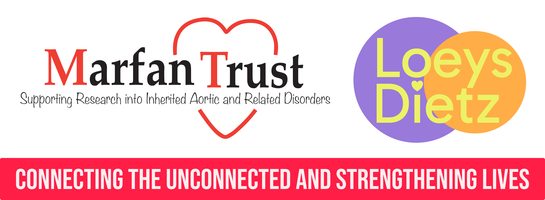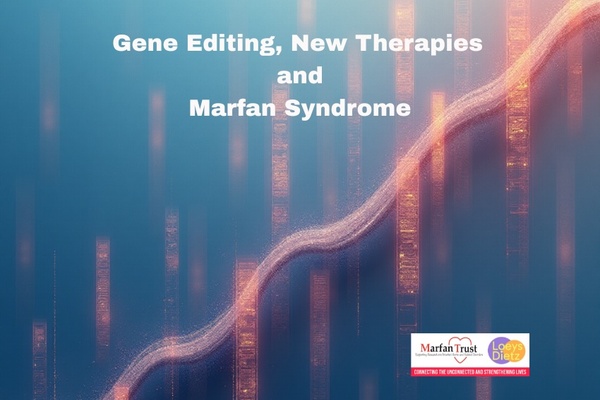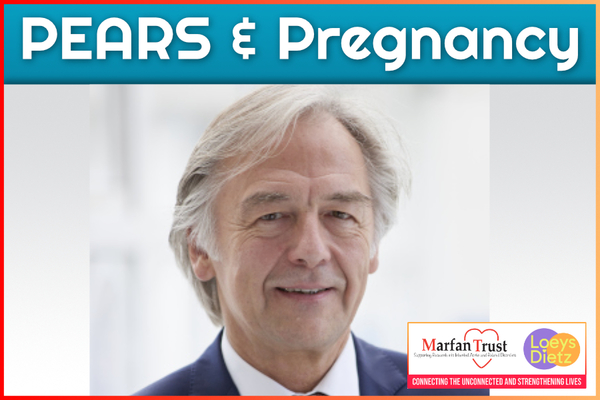Once an arena for rejection, physical exercise has become a sanctuary of strength for Elsa. Avoiding sport and its propensity for embarrassment at school, Elsa sought physical fitness as an adult, stumbling into something she had unknowingly practised her entire life - yoga! Read Elsa's fascinating journey of (mis)adventures in her pursuit of health and healing with Marfan syndrome.

I'm Elsa, a Marfan sharing the genetic tides with my Father, I was born in 1987 in France and I live in Berlin, writing a P.h.D in the arts.
As a child, when it came to gym class, I was always afraid to participate in a group sport such as Handball or Basketball because of a feeling of awkwardness. I felt like a social failure. Yet I was constantly told that I should play Basketball simply because of my height (1m83).
How helpless I felt in these situations, not being able to say in response:
"Firstly, why, just because I'm a girl and I'm tall should I play Basketball; and, secondly, even if I would like to play Basketball, my Marfan heart condition precludes me from doing so."
I remember my mother encouraging me to participate in physical activities after school. I had tried everything as a child, but it felt hard to belong or fit into any of the sports that I attempted. It was a confrontation because my body was too different from others. I stuck to contemporary dance classes for a few years until I felt rejected because I was not improving as my fellow dancers were after many years practising together. For most of my life, until recently, sports remained a place of rejection, being physically unable to perform with success. Sport was an environment that made me acknowledged as different from others and a 'not-able' one. It was tough as a kid!
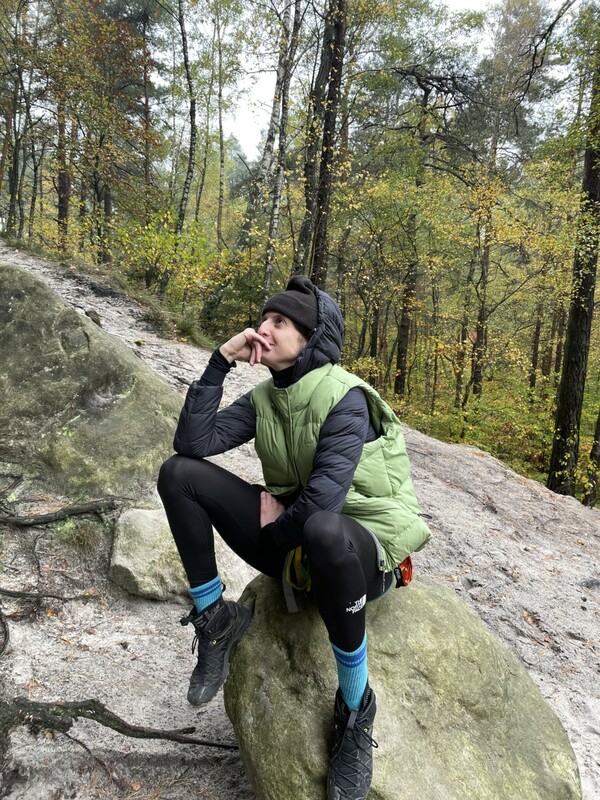
But eventually you learn to draw advantages from the situation. When I was a teenager, I was given medical dispensation from going to the gym in high school, and I had two hours fewer classes on my schedule than my other mates. And I learnt to compensate in other domains – the arts and humanities - becoming the best school student in my class. Living with Marfan makes you unique with 'super abilities’.
As a young adult, I had learnt to withdraw from the gym, the idea of building muscle and being sporty. Sport triggered my fear of rejection and, by doing so, forced me to confront my Marfan syndrome, which I had avoided facing as long as everything was stable with my aorta and heart conditions.
Yet, I began paying more attention to my body shape and wanted to be fit as possible by the age of 30. I just wanted to feel ‘as normal as possible’, and performing with my body was part of the social pressure I was supposed to respond to as a young woman. So, I started controlling my weight - running, riding my bike 15km a day, regularly swimming, climbing and I discovered yoga. After three years of that programme I ended up one night at the hospital emergency with high heart speed, diagnosed as arrhythmia in early january 2020.
Back to scratch, I had to learn again I could not run everywhere, in any direction because I was a Marfan with a relatively low heart rate due to the beta-blocker meds and prone to bradycardia as well as tachycardia. I had to urgently chill and reconsider my approach to the sport that was becoming life as a marathon.
In June 2021 I fell while bouldering and broke my talus (ankle bone). Going to my regular check at the hospital department, with crutches at the time, the cardiologist looked at my loop recorder data and saw I had an unusual high heart speed while last time I did rock climbing. He told me that I should consider stopping this activity. What a ironic coincidence my injury was preventing me from climbing anyway. But the news that I had to stop climbing made me cry.
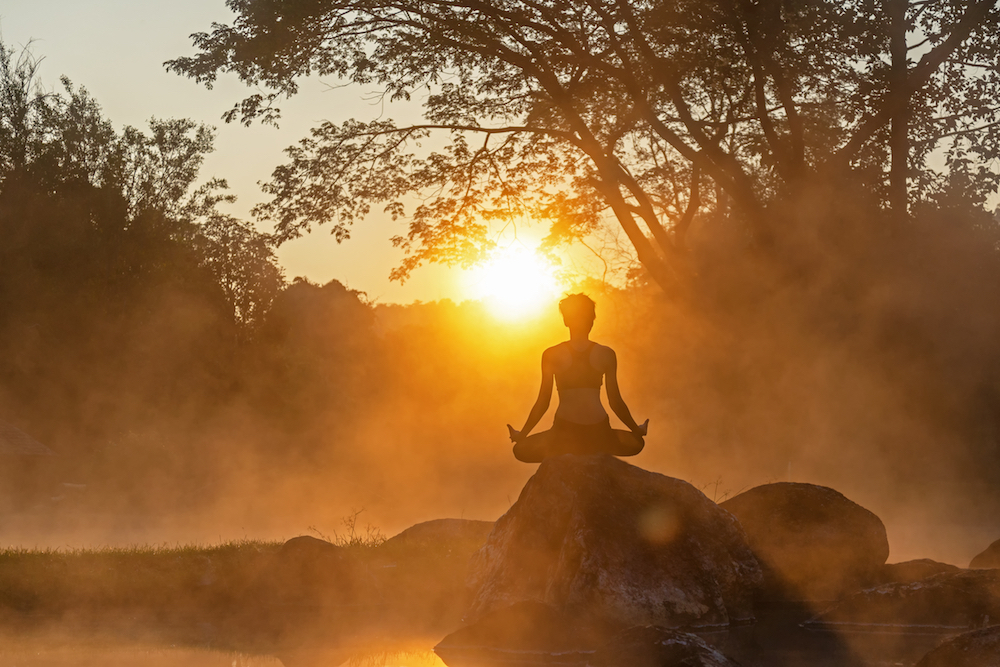
Slowly recovering from my foot injury I started to do some yoga movements on my own at home. It reminds me when I began to practise yoga in class, how uneasy I felt. With such a stiff, maladjusted and clumsy body, catching the vinyasa flow on time was hard!
In one of the classes I liked to attend, a few women, regular yogis in their 60s with beautifully shaped bodies, were good at striking the yoga pose. In the beginning, it felt tough to think I was younger and yet not nearly as I was as good. But soon, my vision changed. I stopped comparing and instead would celebrate the chance that I had a great example of ageing women practising yoga consistently and taking care of themselves. I learnt that everyday practice is fundamental, regardless of your level and body condition. It helps to build core muscle and stretch your body, enhancing the potential for further physical activities as it enables you to recover from physical pains.
Doing yoga regularly, I learnt to find the class where I felt safe and not pushed on the physical performance. I believe yoga is a place to heal, especially for the Marfan because yoga teaches us to stretch in communion while listening to the body. To understand how the Marfan bodies are different and belong to the flow of movements, yoga allows to embody. The Marfan might not be strong people but could experience unexpected elasticity, which sometimes helps to strike the pose. The downward-facing dog is a pose that enables me to rest and feel my body grounded. The hand palms and the tiptoes spread on the mate to stabilize the whole body. However, fully opening the hand palms can be challenging because of my Marfan morphology. So I stay aware and pay extra attention there. Yoga challenges me constantly in the best way. It raises my consciousness on how I can improve shaping my body in a preventive way to my health.

Diving into the practice, I slowly realised that yoga was a physical activity I had been practising almost all my life. My mother reminded me that my former physiotherapist, who I visited once a week in my childhood, cured me with Chinese medicine. Much of her practice was gymnastic movements inspired by Yoga and Qi-gong. She fixed my scoliosis over ten years of following up on my growth.
Today, I have the chance to live in Germany and access health insurance that provides me with life-long physiotherapy sessions because of Marfan syndrome. I keep doing yoga regularly, a few times a week. If I feel pain, I stretch my body. I talk to my physiotherapist about it. She helps me to identify how the pain develops on which tissues and elaborate a stretching training to cure it. I currently love to attempt Yin yoga class as it is very relaxing, mainly focusing on stretching the muscle without physical effort. I am also interested in Chinese gymnastics, such as Qigong which my mother teaches. Those sports are very soft and peaceful and free of physical damage risks; they help raise awareness of the relations between the body and the mind. It's a work of balance. They are therapeutic in many ways. Doing yoga helps me understand what ageing means and that physical exercise is prior to everyone as we won't remain eternally fit. No matter how dis/able the body is.
For us, the Marfans, I can only recommend finding a practice where you feel at ease and at home to make people aware you might have specific needs for extra support to practice physical activities. It is better to avoid practices such as Jivamukti yoga, which asks for specific muscle training and goes too fast in the flow. I like when I am surrounded by diverse dis/able bodies, facing different needs and possibilities in level.
It helps me to avoid comparison in a performative way and to let go of the fear of not being able of everything or not belonging to the sports community. Sometimes I would instead do a solo ‘yoga soup’ at home. Yoga is the place where I renew trust in my body and its abilities and learn to accept the way the Marfan syndrome shapes my life. Doing yoga is not only about practising an exercise but is part of my daily life therapy to prevent ageing quickly with Marfan. At the end of the day, what I draw most from physical exercise is its strengthening power and potential to help me cope with the potential physical obstacles that Marfan syndrome can present over time.
Elsa,
Thanks to my trainers - the health practitioners supporting me, especially my physiotherapists Marie and Beate, who are both yogis and have taught me the knowledge of physical exercises to care with the body.
